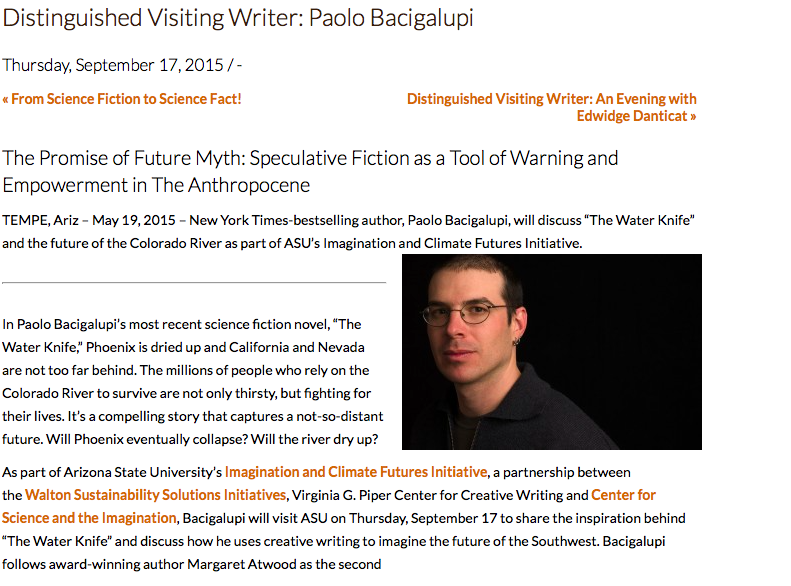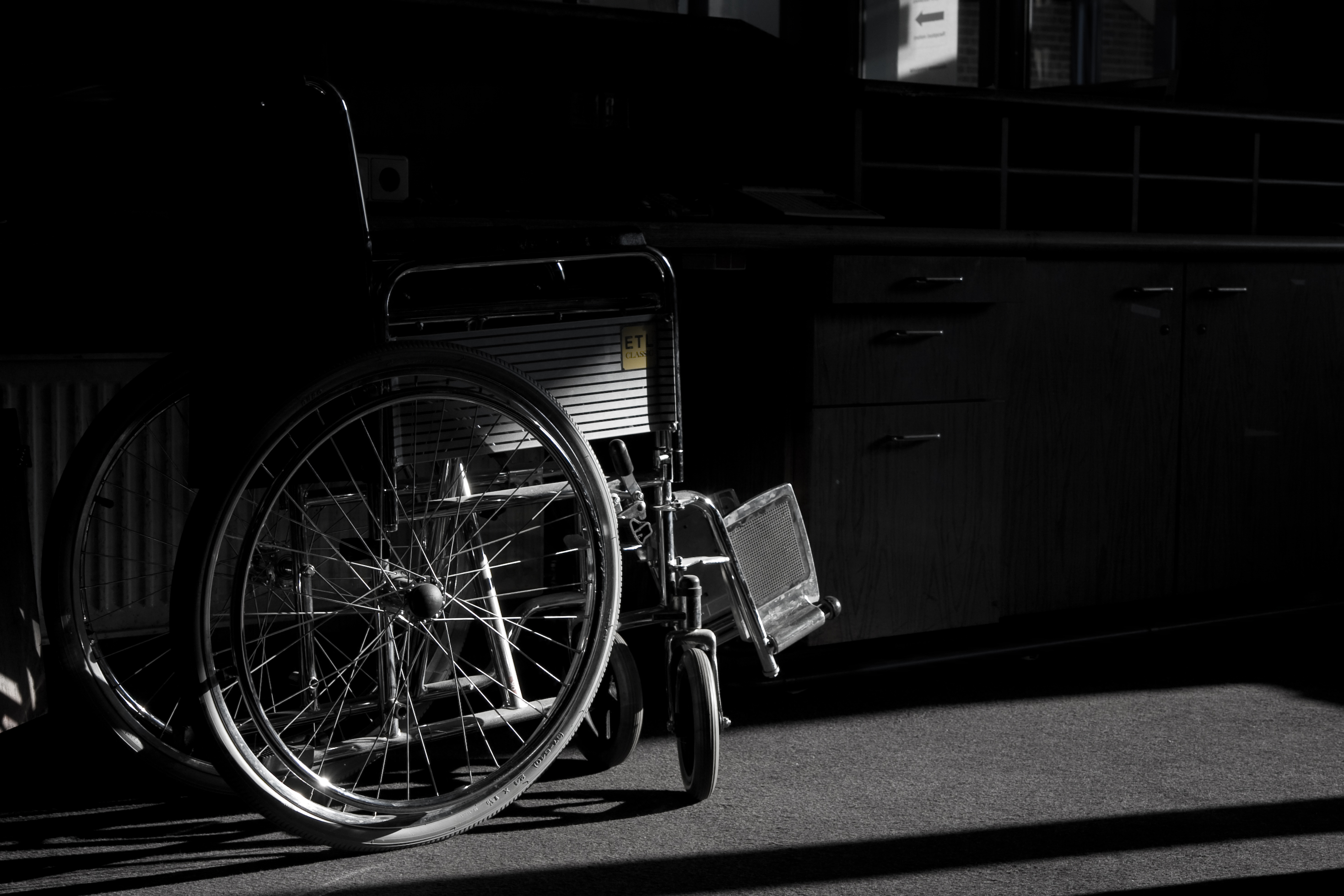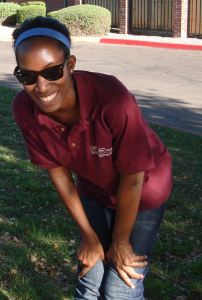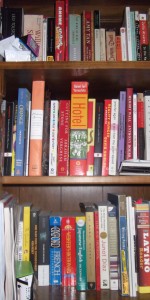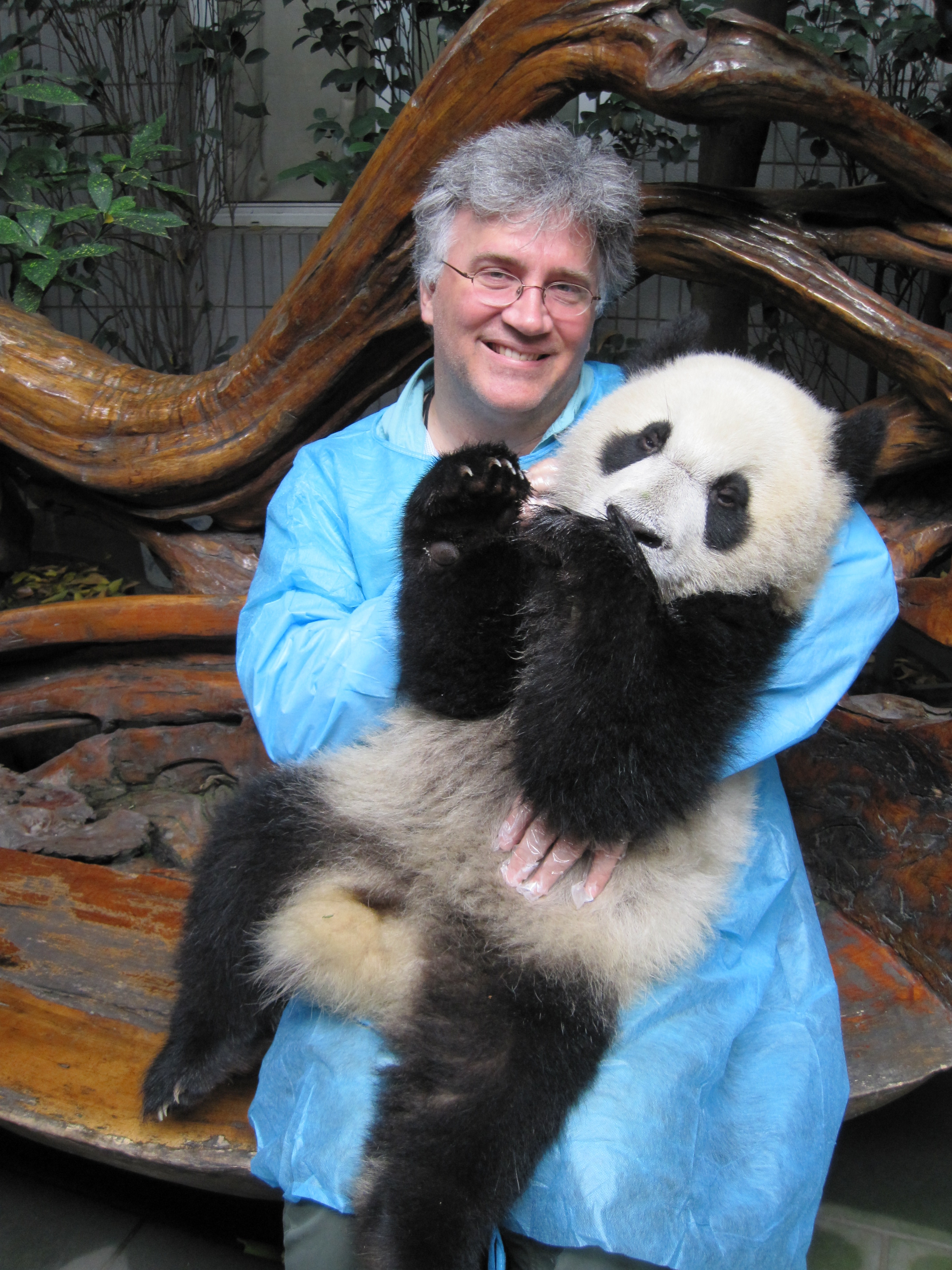 Moments after leaving the theater, my wife Katie checked Facebook and found out Carrie Fisher had died earlier in the day.
Moments after leaving the theater, my wife Katie checked Facebook and found out Carrie Fisher had died earlier in the day.
The adrenaline pumping through me after experiencing Rogue One dried up immediately. The news wasn’t unexpected, but as all good movies do, the newest Star Wars film had kept reality at bay for nearly two and half hours. Granted, Rogue One isn’t the most uplifting of the Star Wars entries. Pretty much all the good guys are killed off. But, it ends in the way I had hoped: Princess Leia, one of cinema’s all-time great bad asses, accepting the plans to the Death Star, the very same plans she will feed into R2-D2’s databanks in the original Star Wars.
Since hearing of Carrie Fisher’s passing, I’ve spent a lot of time in my memory, hearkening back to my first meeting with Princess Leia. I was twelve in 1977. I saw Star Wars at the drive-in with my family, the sound squeaking through those tin speakers you had to hang from a partially closed window. (The cheapest lap top produces a cleaner sound today.) Like so many others in 1977, I instantly crushed on Princess Leia, but I can’t say it was sexual. Maybe I was too young yet. I just couldn’t remember seeing another female character like her on the screen (big or small) before. She wasn’t cheesy like Wonder Woman or Barbarella, and didn’t look at all like Racquel Welch in One Million Years B.C., nor did she resemble the femme fatales of every James Bond flick. Unlike Samantha in Bewitched, or Jeanie in I Dream of Jeanie, Princess Leia didn’t give up any special powers just to please the men in her life. In my 12 year old eyes, she was completely unique.
At the beginning of Star Wars, and just moments after the end of Rogue One, Princess Leia slips the Death Star plans to R2-D2 and instructs him/it/whatever to find Obi-
Wan Kenobi. She then turns and accepts capture at the hands of Darth Vader, stooge of the Imperial Emperor, who tortures her in an attempt to find out the location of the rebel base. Even after seeing her home planet obliterated, she doesn’t give an inch, sacrificing herself for the cause.
Once in her holding cell, George Lucas sets up Leia as the classic damsel-in-distress; that’s certainly how Luke Skywalker and Han Solo see her. However, Lucas subverts the archetype. Once Luke frees her from her cell, Leia grabs a blaster, holding her own against advancing Stormtroopers. With their only apparent path out of the prison cut off, it is Leia who engineers their escape via the giant trash compactor.
Later, as the Millennium Falcon zooms away from the Death Star, Han Solo quips, “Not a bad bit of rescuing, uh? You know, sometimes I even amaze myself.”
“That doesn’t sound too hard,” Leia jabs back.
Only Leia knows the rescue was too easy, and that a homing beacon was likely planted in the ship. Her own “escape” will lead the Imperial Forces to the rebel base she kept hidden under torture. The future of the rebellion rests entirely on her hope that the plans R2 has hidden in his databanks will prove useful. In Joseph Campbell’s analysis of a typical Hero’s Journey, the protagonist initially shows reluctance to accept his task. Han Solo shows his reluctance throughout the film. Even Luke must be pushed by Ben Kenobi to leave the “ordinary world” of his home planet. Leia? Never. Of this triumvirate of heroes at the heart of Star Wars, she is the strongest, the most steadfast of them all.
. . .
Some years ago Hallmark released a Christmas ornament of Princess Leia dressed in the infamous bikini from The Return of the Jedi. My eight-year old nephew had recently discovered Star Wars, so I bought it for him. His mother wasn’t amused. Like so many others, she views Leia’s get up as some kind of sexual exploitation. Is it? I’m not sure if I see it that way, and when I gave my nephew the ornament, I wasn’t playing the clichéd role of the perverted uncle. Even now, when I rewatch The Return of the Jedi, I don’t see a sexed up, exploitative version of Princess Leia; I just see another manifestation of her heroic strength.
At the end of The Empire Strikes Back, Han Solo is frozen in carbonite. At the beginning of the third movie, he’s nothing more than a wall decoration for the mobster, Jabba the Hut. Leia enters Jabba the Hut’s fortress disguised as a bounty hunter, with Chewbacca as bait. We realize Leia is part of an elaborate ruse, along with the droids, Luke and Lando Calrissian, to free Han Solo. Arguably, Leia has the most dangerous task. She ends up playing chicken with Jabba the Hut when she activates a thermal detonator to illustrate her ferocity. If Jabba doesn’t give in, she’d blow herself up, as well has everyone else in the room. While the ruse works initially, Leia is ultimately discovered. Jabba dresses her in that bikini (giving new meaning to the concept of going “undercover”), and chains her up, replacing another bikini clad female who had earlier been fed to the planet Tatooine’s twisted version of a Bumble, which lives in a cave below the throne room.
Luke Skywalker eventually arrives to save the day, but once again, Leia doesn’t play the role of damsel-in-distress. With the boys messing about with light sabers and laser blasters out in the desert, Leia steps up and wraps the chain around Jabba’s enormous neck, choking him to death with the very thing that had tethered them together. It’s the very last time we see Leia in a bikini.
Leia ends up doing all kinds of other cool things in The Return of the Jedi, like killing off a lot of Stormtroopers and zipping around the forest on a hovercycle. (It’s a shame she’s never allowed to train as a Jedi Knight, but she does achieve the rank of General. That’s not too shabby.) Without Leia’s heroics in the original Star Wars trilogy, we might never have become acquainted with Daisy Ridley’s Rey, or Felicity Jones’ Jyn Erso, let alone Buffy Summers, or Xena the Warrior Princess, or River Tam, or any number of past, present and future female heroes.
Thank you, Carrie Fisher
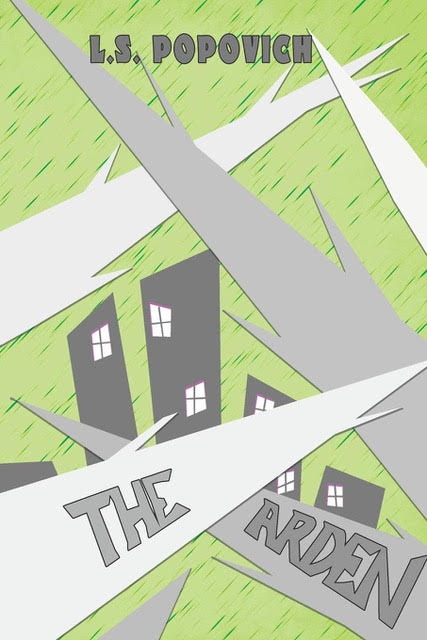
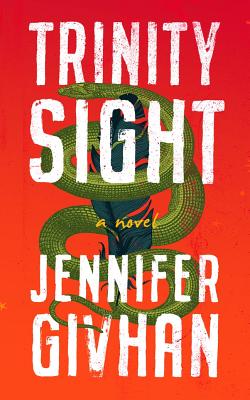 Today we are thrilled to share news of past contributor Jenn Givhan. Jenn’s debut novel, Trinity Sight, is available for preorder from Blackstone Publishing, and will be published October 1, 2019. The novel, inspired by indigenous oral-history traditions, takes a new spin on dystopian fiction. Jenn’s characters are confronted with dueling concepts of science, faith, modern identity and ancestral tradition as they attempt to understand how the world fell apart.
Today we are thrilled to share news of past contributor Jenn Givhan. Jenn’s debut novel, Trinity Sight, is available for preorder from Blackstone Publishing, and will be published October 1, 2019. The novel, inspired by indigenous oral-history traditions, takes a new spin on dystopian fiction. Jenn’s characters are confronted with dueling concepts of science, faith, modern identity and ancestral tradition as they attempt to understand how the world fell apart.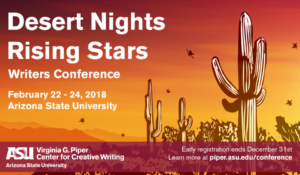
 Moments after leaving the theater, my wife Katie checked Facebook and found out Carrie Fisher had died earlier in the day.
Moments after leaving the theater, my wife Katie checked Facebook and found out Carrie Fisher had died earlier in the day.